√70以上 hepatitis a transmission 623839-Hepatitis a transmission precautions
While hepatitis A and B both impact the liver, the two viruses differ greatly from one another Hepatitis B is a bloodborne pathogen;Mode of transmission of hepatitis A virus Transmission is from person to person, predominantly via the faecal–oral route Worldwide, most infection results from exposure to contaminated food or water Several outbreaks have been associated with injecting and noninjecting drug use Hepatitis A Causes You can catch the disease by drinking water or eating food that's been contaminated by someone with the virus You can also get hepatitis A if

Telbivudine Prevents Vertical Transmission Of Hepatitis B Virus From Women With High Viral Loads A Prospective Long Term Study Clinical Gastroenterology And Hepatology
Hepatitis a transmission precautions
Hepatitis a transmission precautions- The hepatitis A virus (HAV) is more common in areas of low socioeconomic status with a lack of adequate sanitation It spreads through contaminated food and water or close persontoperson contact Hepatitis A is inflammation of the liver caused by the hepatitis A virus This highly contagious form of hepatitis can be spread through contaminated food or




How Hepatitis Is Transmitted
Hepatitis B, C, D, and E – Hepatitis A and E are acute infections transmitted by the fecaloral route, whereas hepatitis B and C can present acutely or chronically and are transmitted by body fluids Infection with hepatitis D virus can lead to acute hepatitis in patients with hepatitis B virus infection Hepatitis C is an infection caused by the hepatitis C virus (HCV) It can lead to serious liver damage, so it's important to know all the ways it can be transmittedBrowse 1,570 hepatitis a stock photos and images available, or search for hepatitis a vaccine or hepatitis a virus to find more great stock photos and pictures Hepatitis A virus HAV causes a hepatitis that is almost always benign Image made from transmission electron microscopy
Transmission of Hepatitis B The hepatitis B virus is transmitted through blood and sexual fluids This can most commonly occur in the following ways Direct contact with infected blood Unprotected sex Use of illegal or "street" drugs Needles and other medical/dental equipments or procedures that are contaminated or not sterileHepatitis A can be spread from close, personal contact with an infected person, such as through certain types of sexual contact (like oralanal sex), caring for someone who is ill, or using drugs with others Hepatitis A is very contagious, and people can even spread the virus before they feel sick Eating contaminated food or drink Since the introduction of a vaccine in 1996, incidence of hepatitis A has fallen to historic lows However, recent outbreaks in Michigan beginning in 16 have researchers eager to learn more about the spread of the virus and investigate the impact of vaccination clinic campaigns to help vaccinate highrisk populations
Hepatitis A spreads person to person, and by indirect spread Fecal oral, sexual contact, and contaminated food or water can be sources of HAV that causes the disease Common sources that have HAV contamination are The HAV is shed through the feces of infected individuals It is spread mostly through direct persontoperson contact and exposure to contaminated water andViral hepatitis, including hepatitis A, hepatitis B, and hepatitis C, are a group of distinct diseases that affect the liver Each have different hepatitis symptoms and treatments Some causes of




Telbivudine Prevents Vertical Transmission Of Hepatitis B Virus From Women With High Viral Loads A Prospective Long Term Study Clinical Gastroenterology And Hepatology
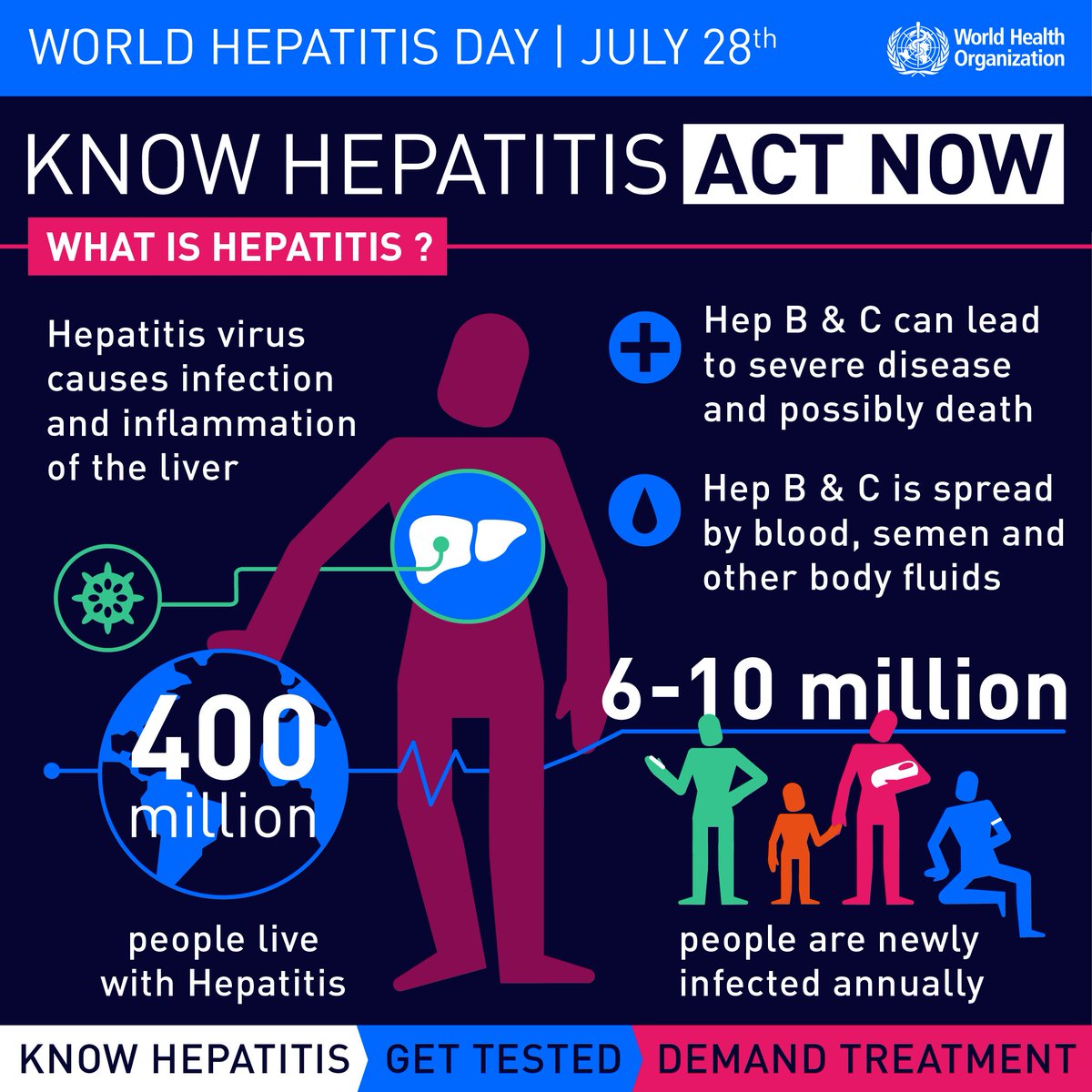



Who South East Asia Mother To Child Transmission Is The Most Important Cause Of Hepatitis B In The Region Knowhepatitisactnow
One of these seven wasIts primary mode of transmission is through direct bloodtoblood contact with an infected person In contrast, hepatitis A can be spread by fecaloral transmission or by consuming food or water that has beenAlthough viremia occurs early in infection, current data indicate that bloodborne transmission of hepatitis A virus is uncommon Who is at increased risk



Plos One Evidence Of Hepatitis A Virus Person To Person Transmission In Household Outbreaks
/hepatitis-c-causes-5af4a5213037130037fc6186.png)



Hepatitis C Virus Causes And Risk Factors
Hepatitis A is not associated with an increased risk of liver cancer Hepatitis B Hepatitis B is a virus that is transmitted through contact with contaminated body fluids (primarily blood, less so saliva, semen, and other body fluids) In most parts of the world, mothertochild (maternalfetal) transmission is the most common mode ofHepatitis A is an infectious disease of the liver caused by Hepatovirus A (HAV); Hepatitis A Transmission It is easier to contract hepatitis A than hepatitis B and hepatitis C It is possible to contract hepatitis A by being in close contact with an infected person The virus is spread via the fecaloral route of transmission This involves eating food or consuming a beverage that contains fecal matter of an infected person
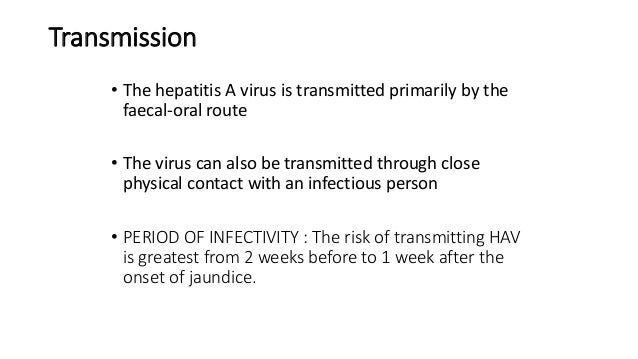



Hepatitis A Infection In Children




Food And Environmental Routes Of Hepatitis E Virus Transmission Sciencedirect
It is clear that HCV is most frequently transmitted through large or repeated direct percutaneous exposures to infected blood The two most common exposures associated with transmission of HCV are blood transfusion and injection drug use Blood Transfusion/Receipt of Sexual transmission is also possible, but is much less common There is no vaccine for HCV Hepatitis D virus (HDV) infections occur only in those who are infected with HBV The dual infection of HDV and HBV can result in a more serious disease and worse outcome Hepatitis B vaccines provide protection from HDV infection Hepatitis A is a liver disease caused by the hepatitis A virus (HAV) HAV causes the liver to swell and prevents it from working well HAV usually goes away on its own in almost all cases with no serious complications However, HAV may cause some patients to suffer liver failure In the United States, there are about 100 deaths a year due to HAV




Prevention Of Transmission Of Hiv Hepatitis B Virus Hepatitis C Virus And Tuberculosis In Prisoners The Lancet




Is Hepatitis Contagious Transmission Symptoms Treatment Cure
Hepatitis A caused by the hepatitis A virus (HAV) Hepatitis B caused by the hepatitis B virus (HBV) Hepatitis C transmission HCV is found in blood and certain body fluids The virus is spread when blood or body fluid from an HCVinfected person enters another person's body HCV Boil water or drink bottled water in areas where there is a risk for hepatitis A contamination Eat cooked foods and fruits that you can peel and avoid eating vegetables or fruits that could have been washed with contaminated water, such as lettuce Avoid eating raw or steamed shellfish, such as oysters, that live in contaminated watersDeveloping countries with an increasing hepatitis A disease burden may target vaccination to specific groups, such as young children, as an initial control strategy To better understand transmission of hepatitis A virus in such countries, the authors prospectively studied household and daycare/sch



Q Tbn And9gcsnxd3 M B Dwh Xvfgaettyb7f6uhm4lsjf1mcsryasshiy7xv Usqp Cau



Hepatitis C Virus Ways Of Transmission That Yo Have To Avoid Helal Medical
Hepatitis A virus is found in the stool of persons with hepatitis A The virus is usually spread from person to person by putting something in the mouth that has been contaminated with the stool of an infected person; Hepatitis A can be transmitted through any sexual activity with an infected person and is not limited to fecaloral contactSeek medical attention if you have any of the following symptoms nausea and vomiting that does not improve within 12 days, yellow skin or eyes, darkcolored urine, or pain in the abdomen Hepatits A treatment includes relieving symptoms, avoiding dehydration, and preventing transmission




Hepatitis A
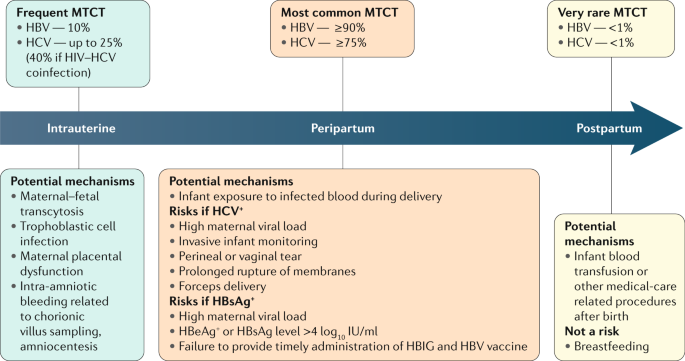



Viral Hepatitis And Pregnancy Nature Reviews Gastroenterology Hepatology
Hepatitis A is a highly contagious liver infection caused by the hepatitis A virus The virus is one of several types of hepatitis viruses that cause inflammation and affect your liver's ability to function You're most likely to get hepatitis A from contaminated food or water or from close contact with a person or object that's infected It usually spreads through food or water that is contaminated with the hepatitis A virus or through close personal contact with an infected person In 1619, multiple states reported outbreaks, primarily among people who use injection and noninjection drugs, homeless individuals, and their close direct contacts The Hepatitis A and hepatitis E viruses (HAV and HEV) are both transmitted by enteric, that is digestive or by fecal, routes 1 This is also known as the fecaloral route To be exposed to these viruses, you must ingest fecal matter that is infected with the virus




Epidemiology Hepatitis A Virus
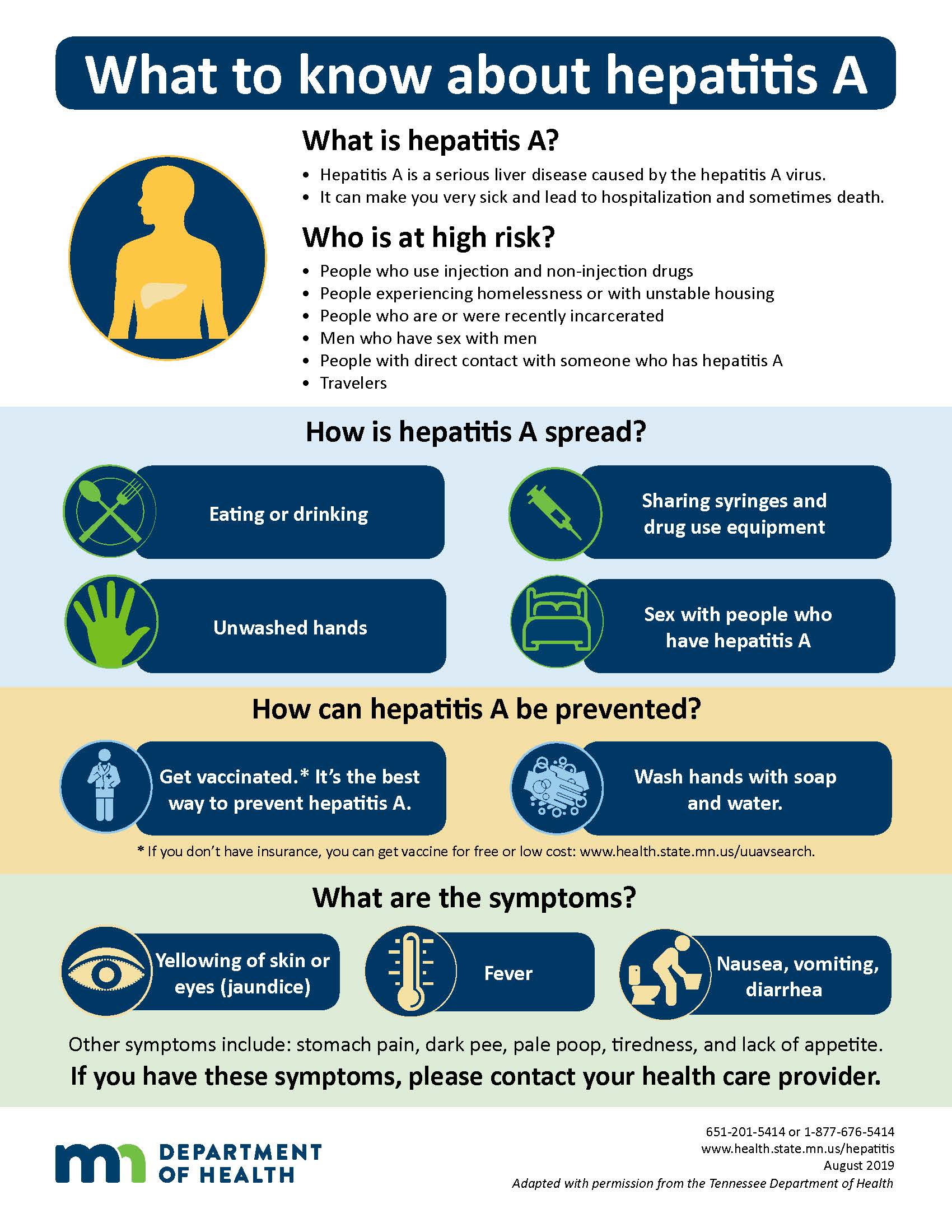



About Hepatitis A Minnesota Dept Of Health
Hepatitis A Outbreak The Centers for Disease Control and Prevention are monitoring hepatitis A outbreaks throughout the country Many counties in Washington have increases in hepatitis A cases and the Department of Health declared a statewide outbreak in July 19 We are reporting a statewide count on this page that includes all confirmedHepatitis A Overview Fecaloral transmission Vaccine preventable Vaccine licensed in 1995 2 doses recommended (and required for school in TX) by age 46 Incubation period 1550 days Infectious period 2 weeks before symptom onset to 1 week afterPossible Complications of Hepatitis A Hepatitis A can cause more serious health problems Keep in mind all that these are rare and more likely to happen in people who are over 50
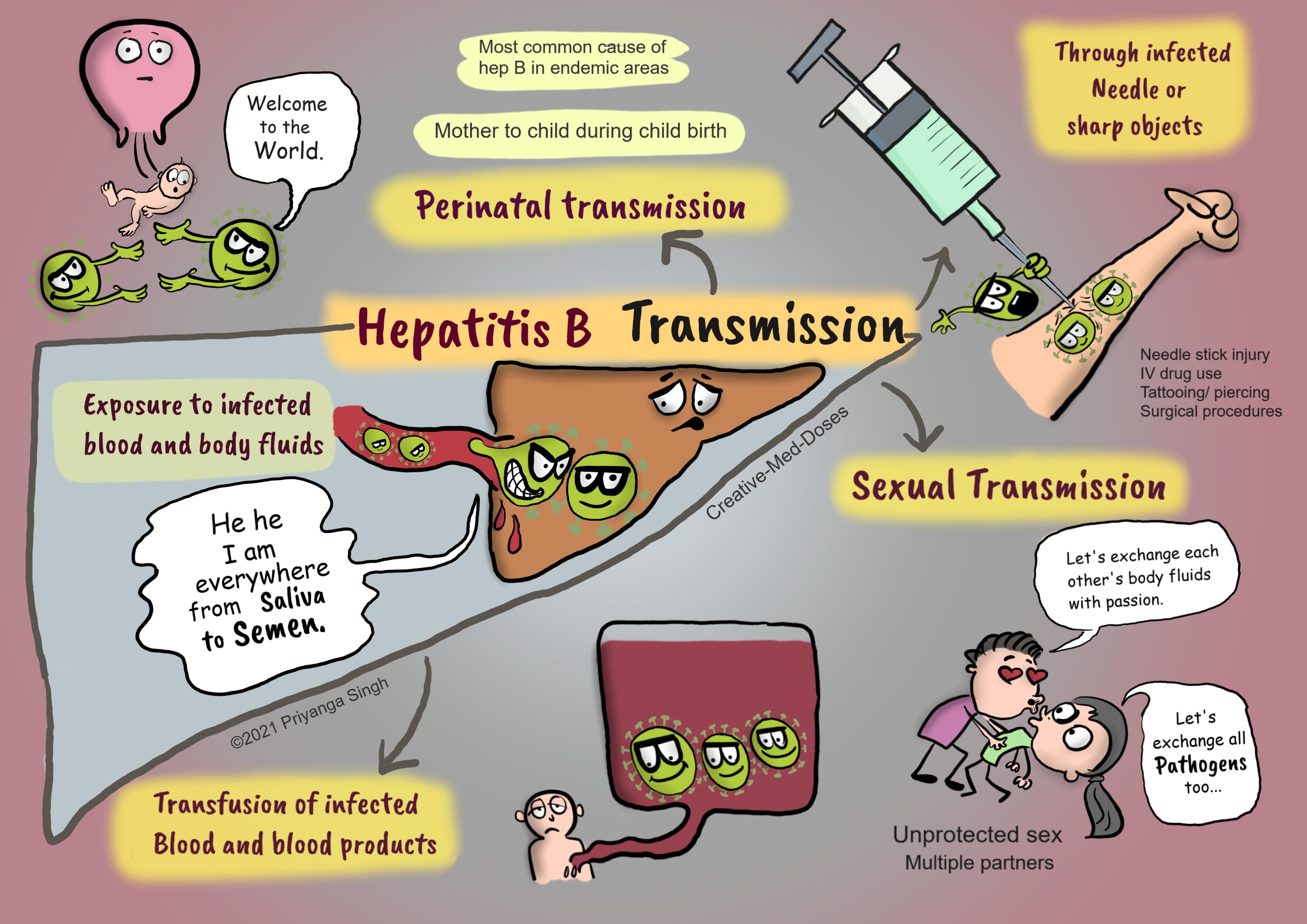



Hepatitis B Transmission And Clinical Presentation Creative Med Doses




Transmission Of Hepatitis A Virus Hav From A Child To Her Sister Download Scientific Diagram
Transmission of hepatitis A virus can occur from any sexual activity with an infected person and is not limited to fecaloral contact People who are sexually active are considered at risk for hepatitis A if they are MSM, live with or are having sex with an infected person, or inject drugsIdentification and vaccination of adults at risk for hepatitis B virus acquisition through sexual contact is a key strategy to reduce new hepatitis B virus infections among atrisk adults Hepatitis C has emerged as a sexually transmitted infection among men with male sex However, in the United States, hepatitis A is more commonly spread from person to person Since March 17, CDC's Division of Viral Hepatitis (DVH) has been assisting multiple state and local health departments with hepatitis A outbreaks, spread through persontoperson contact The hepatitis A vaccine is the best way to prevent HAV infection




Public Health Impact And Cost Effectiveness Of Routine Childhood Vaccination For Hepatitis A In Jordan A Dynamic Model Approach Bmc Infectious Diseases Full Text



Q Tbn And9gcszyeaaltbq3hntju2hkbhtpkebypyjtalmi3xkf48zrp5f6rwa Usqp Cau
Nosocomial hepatitis A transmission by an adult patient with diarrhea Goodman RA, Carder CC, Allen JR, Orenstein WA, Finton RJ Hepatitis A occurred in five registered nurses, a licensed practical nurse, and a recently discharged patient at a community hospital; Hepatitis is a condition that occurs when your liver becomes inflamed There are several things that can cause hepatitis, including viral infections, autoimmune conditions, and heavy alcohol use Hepatitis D is a liver disease in both acute and chronic forms caused by the hepatitis D virus (HDV) that requires HBV for its replication HDVHBV coinfection is considered the most severe form of chronic viral hepatitis due to more rapid progression towards liverrelated death and hepatocellular carcinoma




Chair Of Microbiology Virology And Immunology Ppt Download




Transmission Routes For Acute Hepatitis B Comparison Between Two Download Scientific Diagram
For this reason, the virus is more easily spread under poor sanitary conditions, and when good personal hygiene is not observedHepatitis A is caused by hepatitis A virus (HAV) Transmission occurs by the fecaloral route, either by direct contact with an HAVinfected person or by ingestion of HAVcontaminated food or water Foodborne or waterborne hepatitis A outbreaks are relatively uncommon in the United States However, Hepatitis A refers to liver inflammation caused by infection with the hepatitis A virus (HAV);




Types Of Viral And Non Viral Hepatitis Modes Of Transmission Vector Stock Vector Illustration Of Inflammation Disease




Conceptual Diagram Of Hepatitis A Transmission And Vaccination Model Download Scientific Diagram
Hepatitis A occurs worldwide Developing countries with poor hygiene measures are at higher risk of hepatitis A infection and transmission In areas of high endemicity, such as parts of Africa, Asia, Central America and South America, up to 90% of children have been infected with hepatitis A 2 Hepatitis A is commonly reported in foodborneHepatitis A is a contagious liver infection caused by the hepatitis A virus (HAV) In the USA, hepatitis A infections have declined by 90% since the hepatitis A vaccine first became available in 1995 Still, there are cases of hepatitis A reported to the San Francisco Department of Public Health every year among San Francisco residentsTransmission The virus is acquired through close contact with infected individuals or through faecally contaminated food or drinkingwater There is no insect vector or animal reservoir Nature of the disease Acute viral hepatitis is characterized by abrupt onset of fever, malaise, nausea and abdominal discomfort, followed by jaundice a few




Hepatitis Ae Viruses An Overview Viral Hepatitis Historical
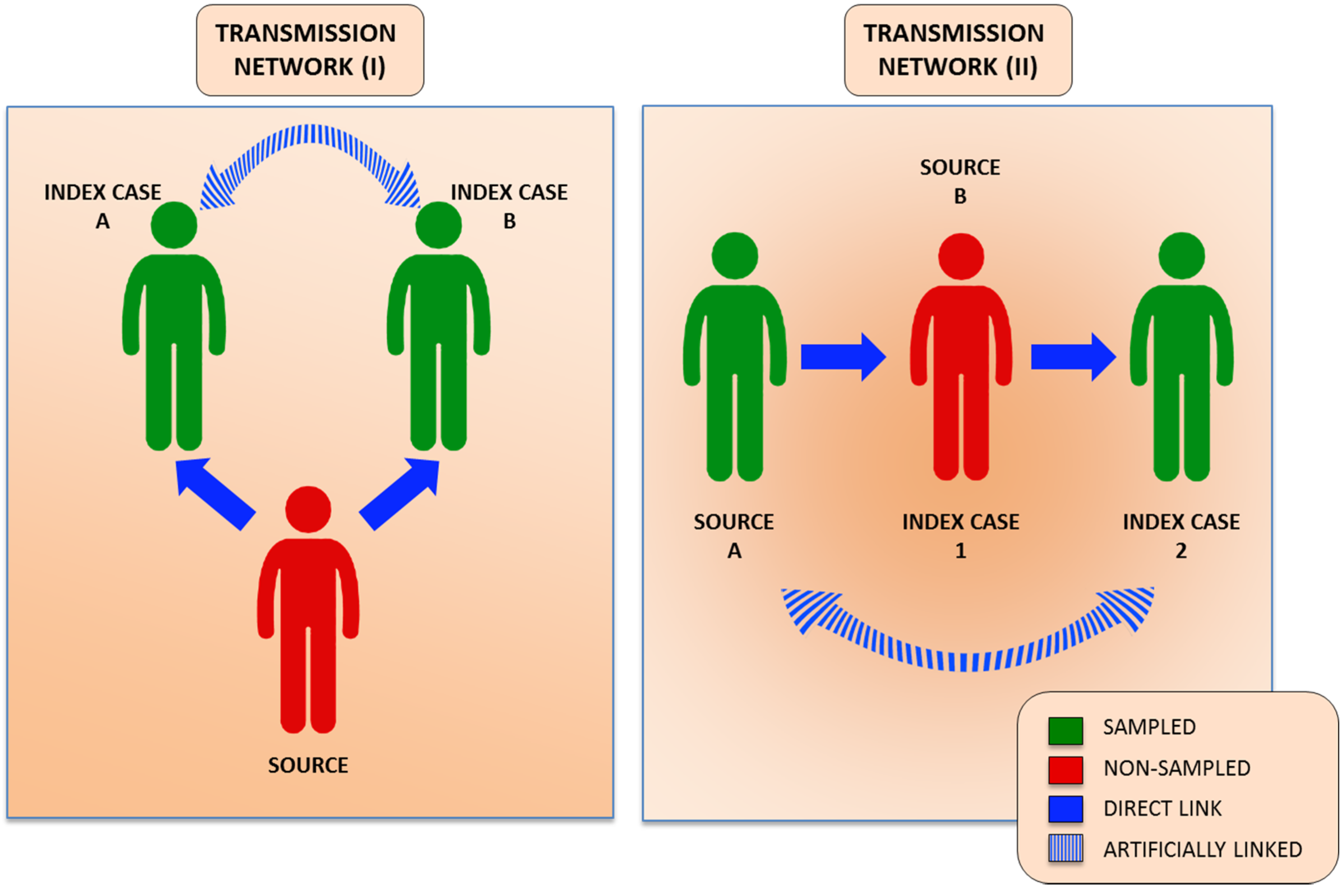



Viruses Free Full Text Advanced Molecular Surveillance Of Hepatitis C Virus Html
HAV is transmitted through direct person toperson contact (fecal–oral transmission) or through ingestion of contaminated food or water HAV can survive in the environment for prolonged periods at low pH Freezing does not inactivate HAV, and it can beHepatitis A (HAV) is an RNA virus and the most common cause of symptomatic acute hepatitis in the United States The main mode of transmission is fecaloral, but consumption of raw shellfish and direct contact with contaminated blood can cause infection HAV causes acute and relapsing hepatitisIt is a type of viral hepatitis Many cases have few or no symptoms, especially in the young The time between infection and symptoms, in those who develop them, is 26 weeks When symptoms occur, they typically last 8 weeks and may include nausea, vomiting, diarrhea, jaundice, fever, and abdominal
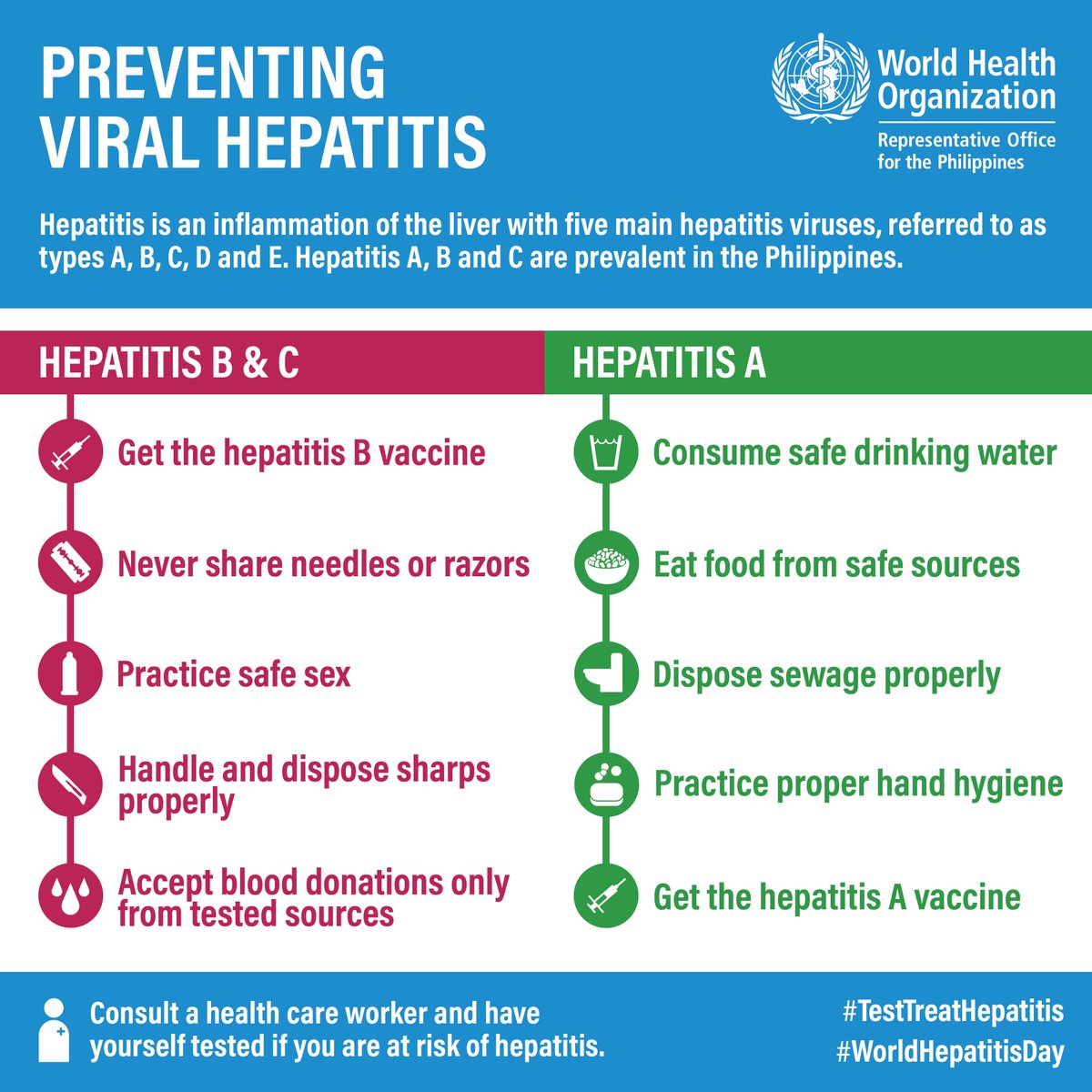



World Health Organization Philippines Q How Do You Get Infected With Hepatitis B And C A Through Sexual Transmission Blood Transmission Or Mother To Child Transmission Watch The Full Video T Co Jgjzbjltbl




Transmission Of Hepatitis A Hepatitis A Food Poisoning
The hepatitis A vaccine is a dose of inactive virus that stimulates your natural immune system After the hepatitis A vaccine is given, your body makes antibodies that will protect you against the hepatitis A virus Vaccination for hepatitis A requires 2 shots, 6 months apart The vaccine is given with an injection, into the muscle of the upper




Epidemiology Of Hepatitis A Past And Current Trends Intechopen



Plos Pathogens Hepatitis C Virus Cell Cell Transmission And Resistance To Direct Acting Antiviral Agents




Hepatitis A Transmission And Stock Footage Video 100 Royalty Free Shutterstock




Hepatitis A Causes And Treatment Medcaretips Com




What Is Hepatitis A Symptoms Causes Diagnosis Treatment And Prevention Everyday Health




Types Viral Non Viral Vector Photo Free Trial Bigstock
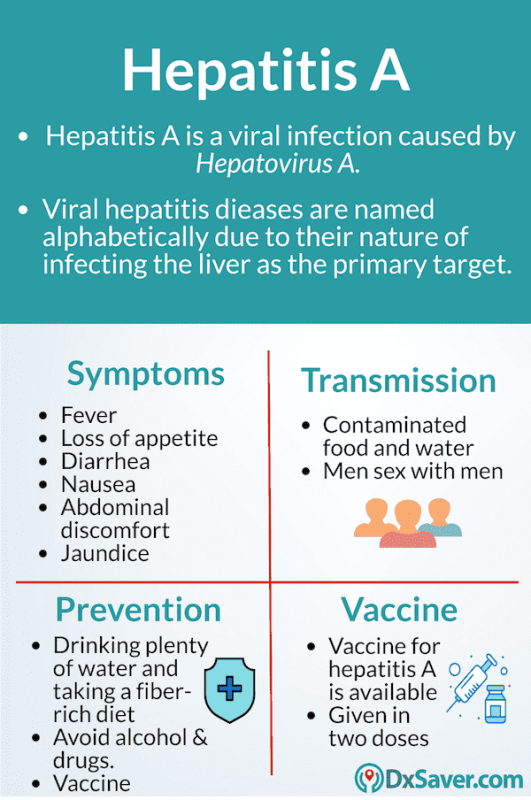



What Are Hepatitis A Symptoms Causes Vaccine And Test Cost
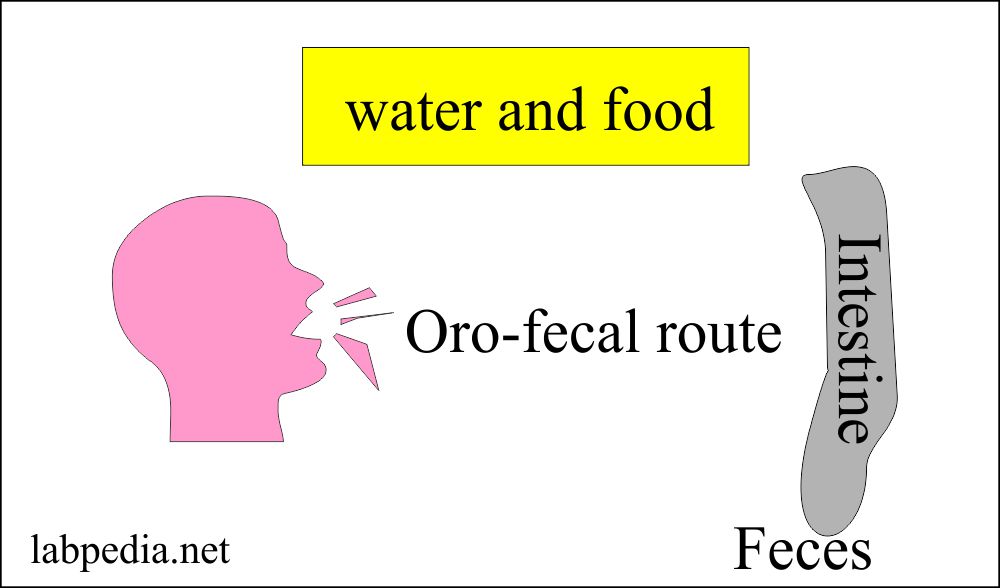



Hepatitis A Virus Hav Labpedia Net
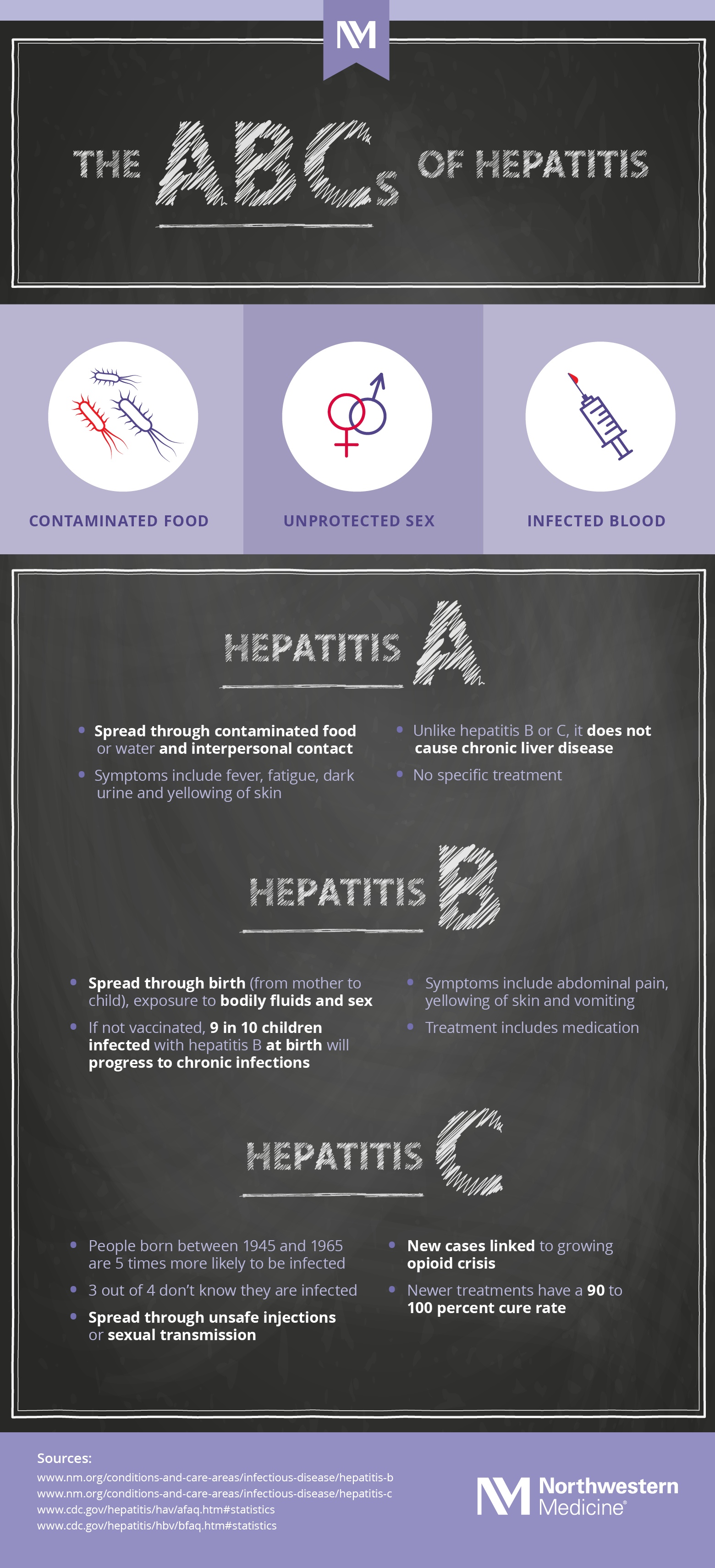



The Abcs Of Hepatitis Northwestern Medicine




Fecal Oral Route Wikipedia
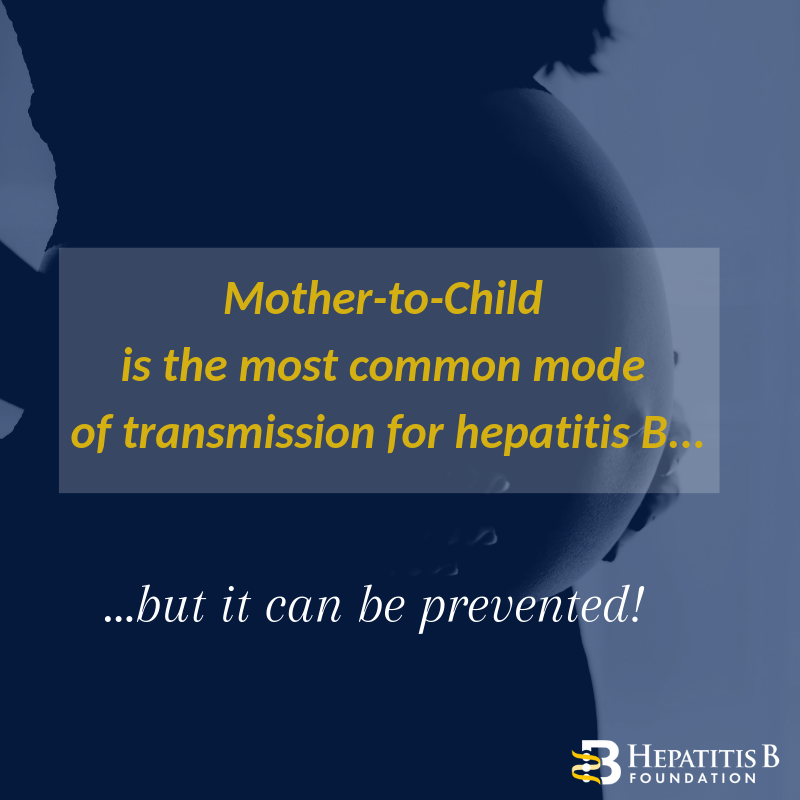



What S The Difference Hepatitis A Vs Hepatitis B Hepatitis B Foundation




Effects And Cost Of Different Strategies To Eliminate Hepatitis C Virus Transmission In Pakistan A Modelling Analysis The Lancet Global Health




Hepatitis Primary Causes Of Chronic Liver Disease Hepatitis




Notes From The Field Assessing The Role Of Food Handlers In Hepatitis A Virus Transmission Multiple States 16 19 Mmwr
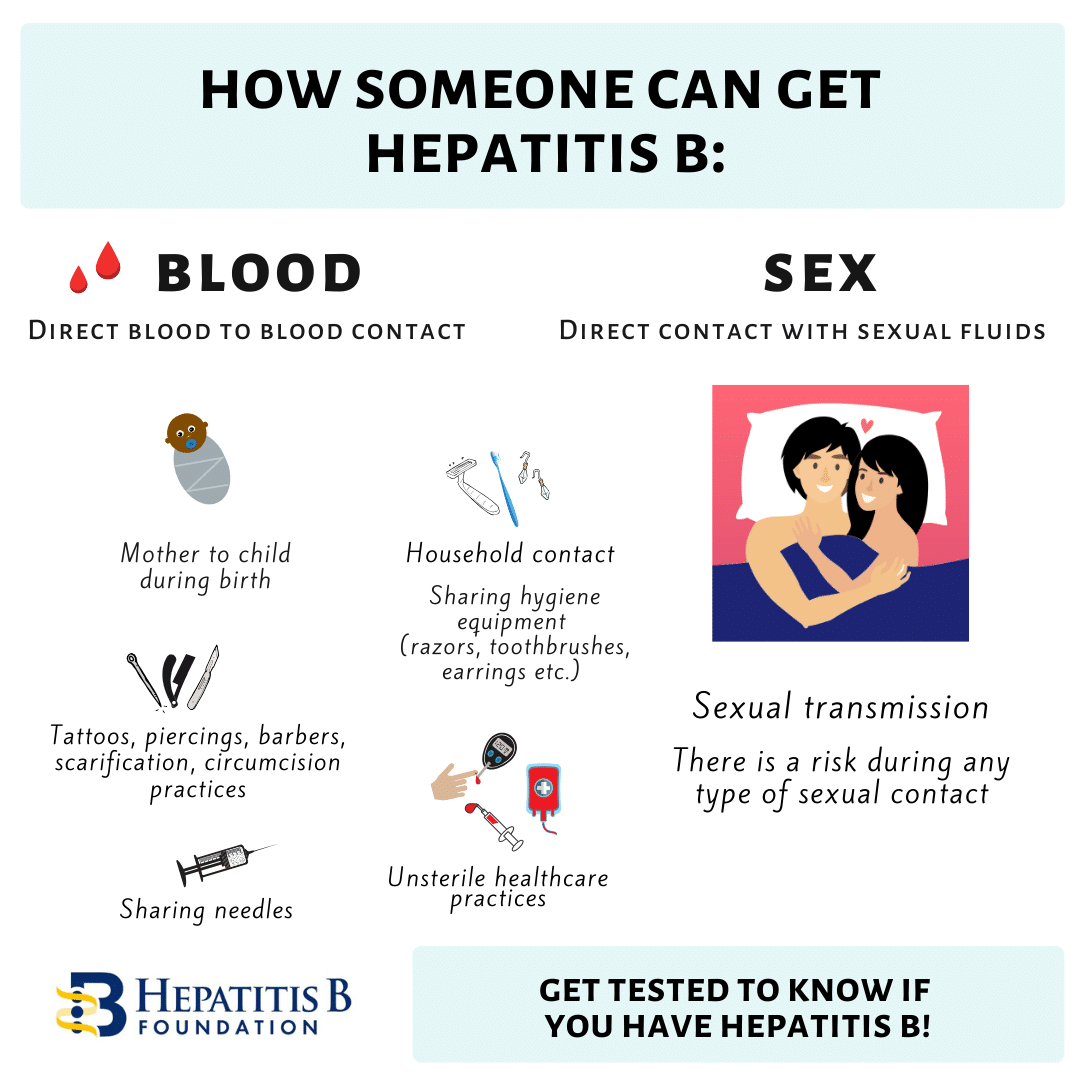



Hepatitis B Transmission For Those Newly Diagnosed Hepatitis B Foundation
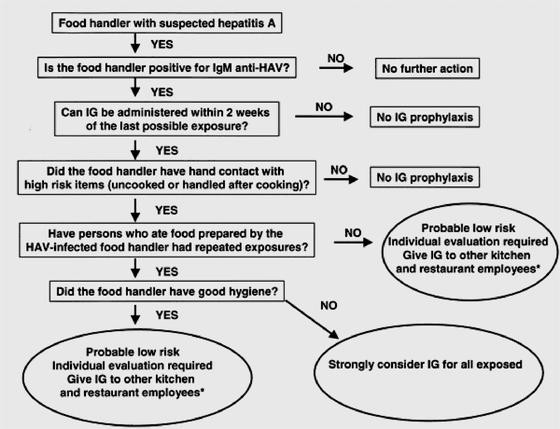



Hepatitis A Transmission








38 Hepatitis B In Pregnancy Screening Treatment And Prevention Of Vertical Transmission American Journal Of Obstetrics Gynecology



Www Who Int Campaigns Hepatitis Day 14 Hepatitis B C D Pdf Ua 1




Hepatitis A Old And New Clinical Microbiology Reviews
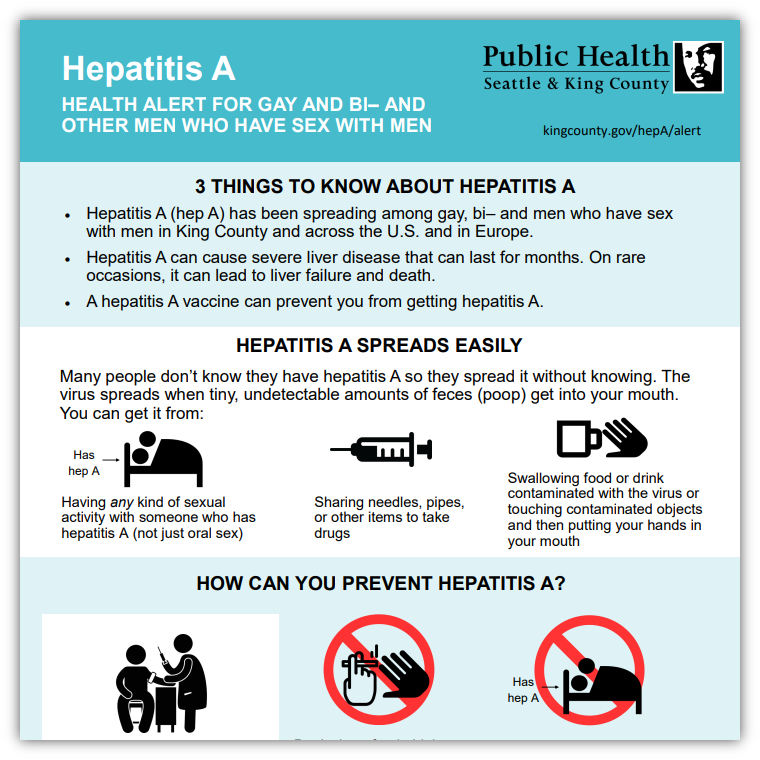



Hepatitis A King County




How Hepatitis Is Transmitted




Hepatitis A And Sexual Transmission Clarity Cares




Historical Perspective Ppt Download




Distribution Hosts And Transmission Routes Of Major Hepatitis E Virus Download Table




Hepatitis A To E An Overview Ppt Download




Hepatitis A Simple Explained Hepatitis A Causes Symptoms Treatment Prognosis Transmission Youtube




Transmission Of Hepatitis A Hepatitis A Food Poisoning



1




Virus Spread In The Liver Mechanisms Commonalities And Unanswered Questions Future Virology




Perinatal Transmission Of Hepatitis C Virus Defining The Cascade Of Care The Journal Of Pediatrics
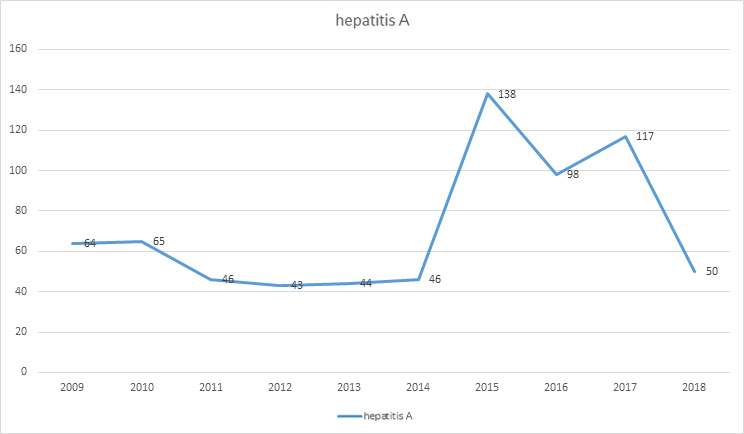



Viral Hepatitis Control Office What Is Hepatitis Hepatitis A




Hepatitis A Symptoms Causes Treatment And Prevention
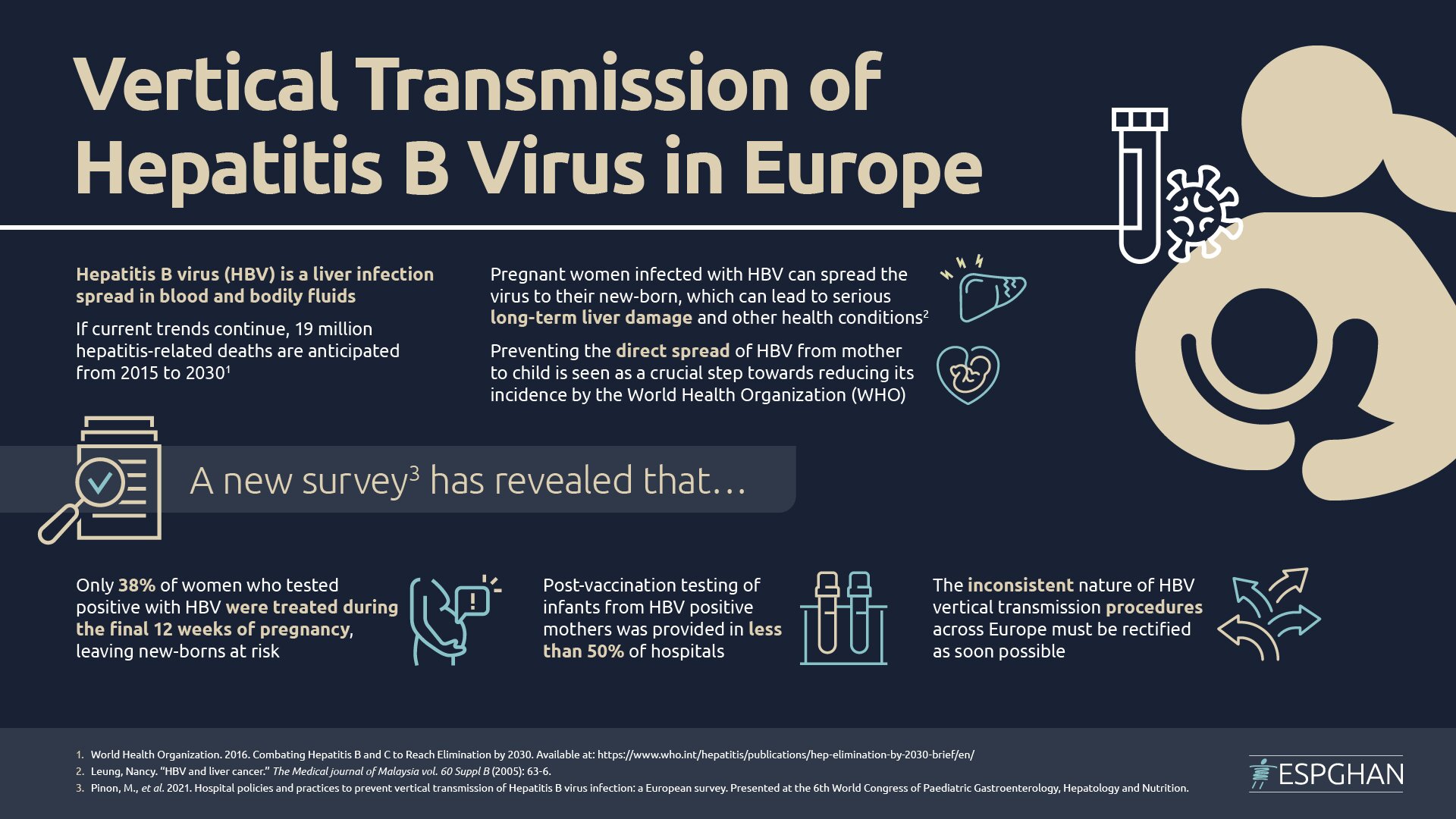



Mothers Transmitting Hepatitis B To Children As Broken Hospital Procedures Plague Europe




Hepatitis C Virus Transmission Causes Symptoms Study Com
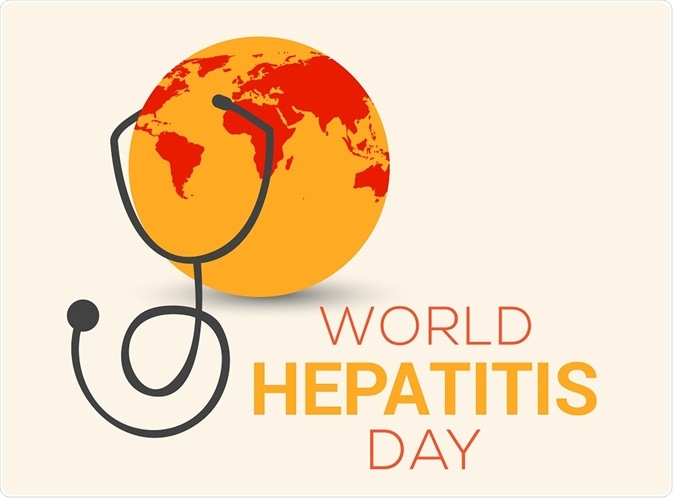



Hepatitis D Symptoms And Transmission
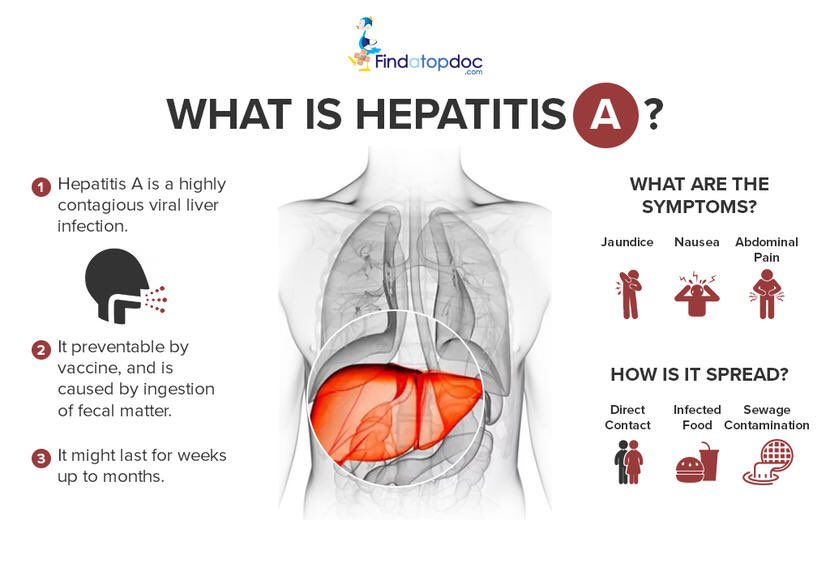



Hepatitis A Gloveclinic




Hepatitis A Virus Infection In Central West Tunisia An Age Structured Model Of Transmission And Vaccination Impact Bmc Infectious Diseases Full Text
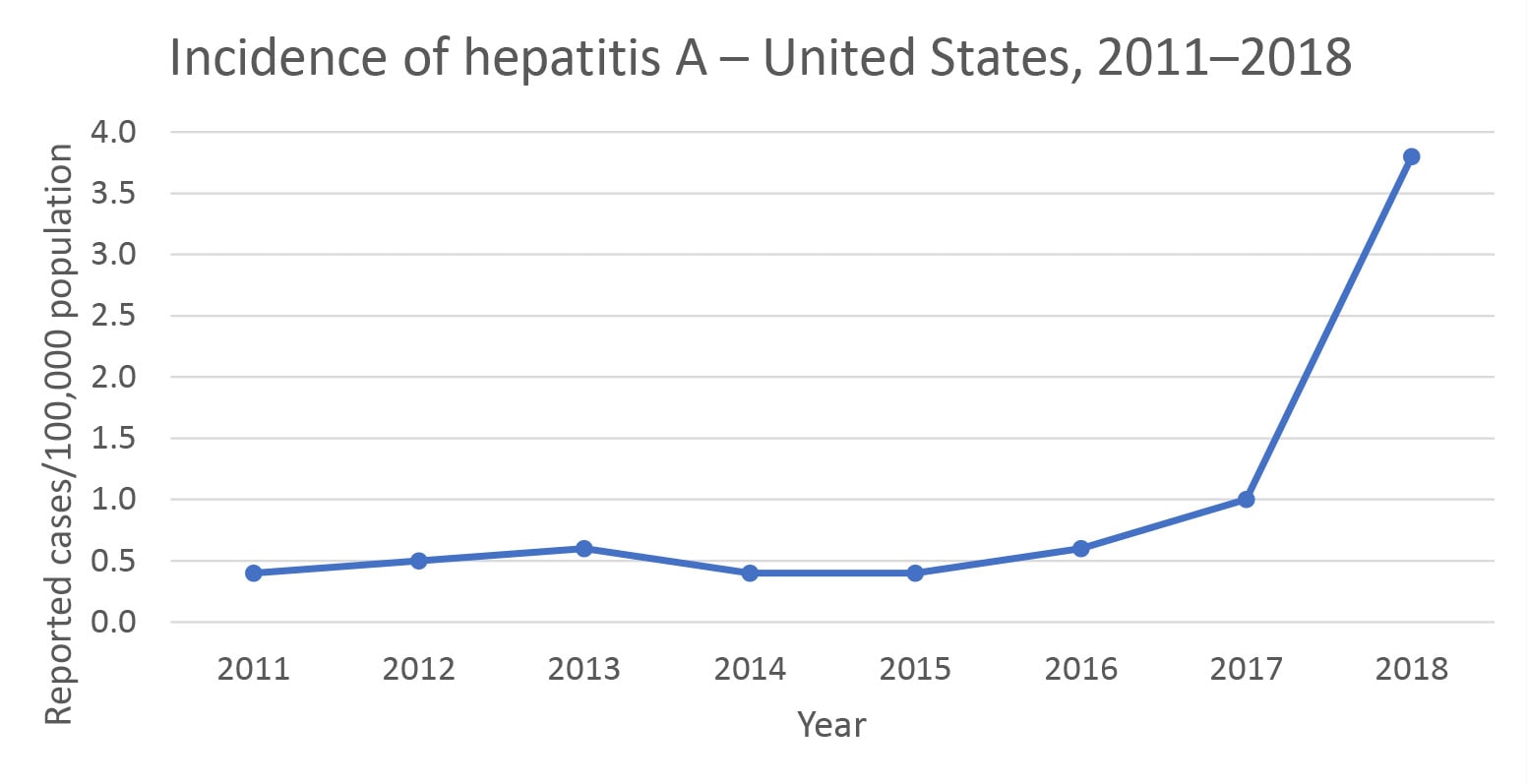



Hepatitis A Q As For Health Professionals Cdc
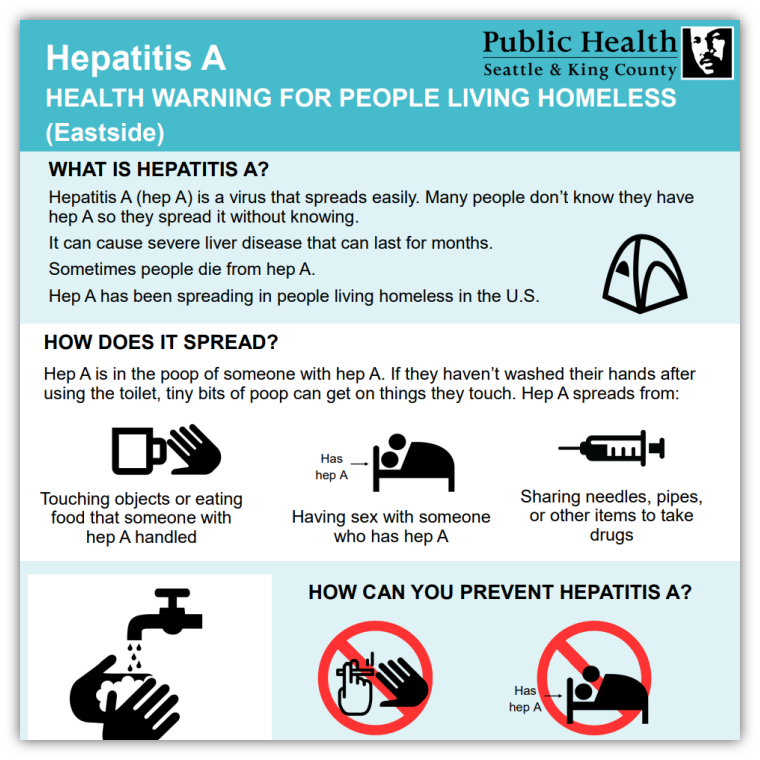



Hepatitis A King County




Flow Diagram Of Hepatitis A Virus Transmission And Vaccination Model Download Scientific Diagram



1
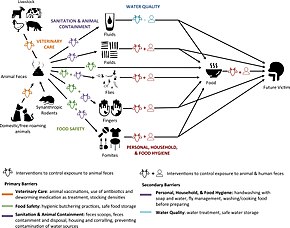



Fecal Oral Route Wikipedia




Travel Vaccination Gsk




What Is Hepatitis A Hep A Vaccine Symptoms Treatment Contagious




Hepatovirus Infectious Hepatitis Or Hepatitis A Transmission Incubation Symptoms Diagnosis Prognosis Prevention
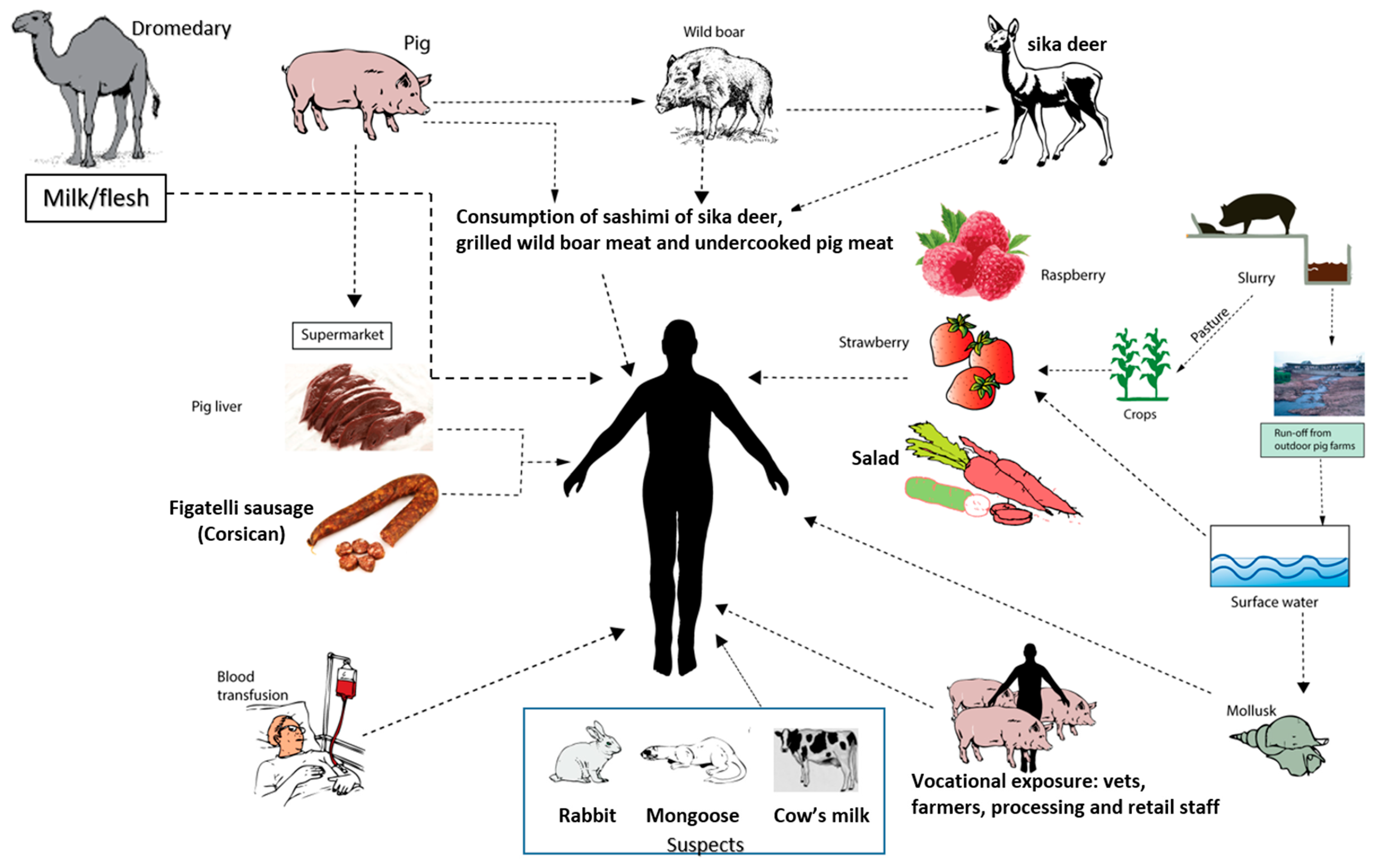



Viruses Free Full Text Transmission Of Hepatitis E Virus In Developing Countries Html
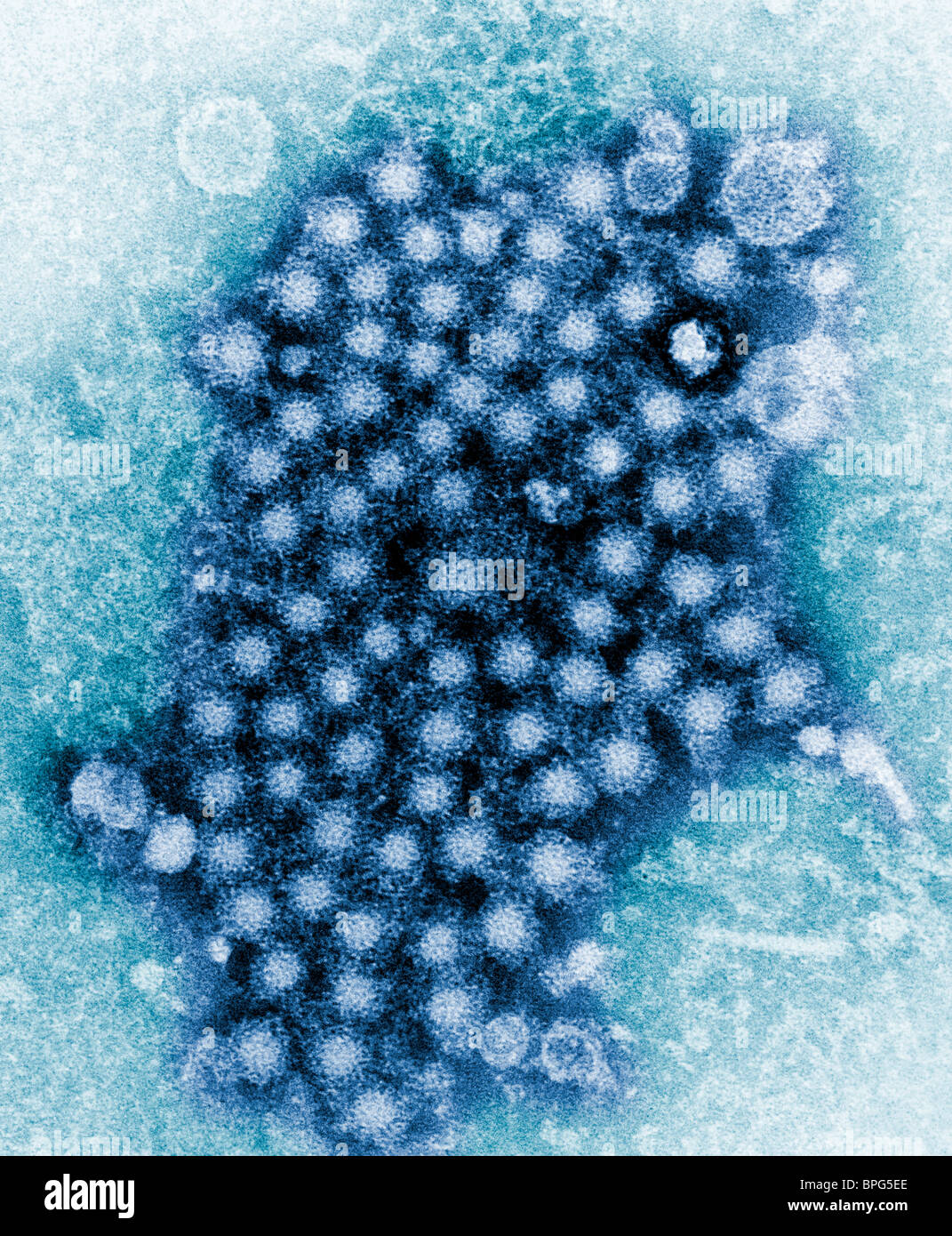



A Transmission Electron Micrograph Tem Showing Numerous Hepatitis Virions Of An Unknown Strain Stock Photo Alamy




Hepatitis A Cancer Avenue




Foodborne Transmission Of Hepatitis A And Hepatitis E Viruses A Literature Review Sciencedirect




Overview Of Acute Viral Hepatitis Liver And Gallbladder Disorders Msd Manual Consumer Version
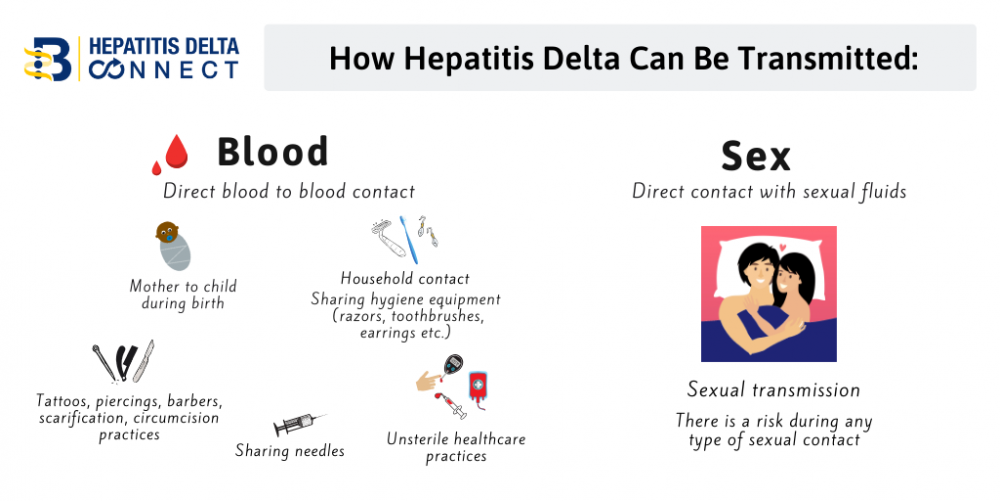



Transmission Hepatitis B Foundation
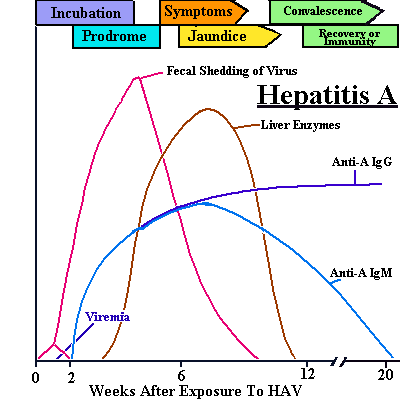



Hepatitis A And E
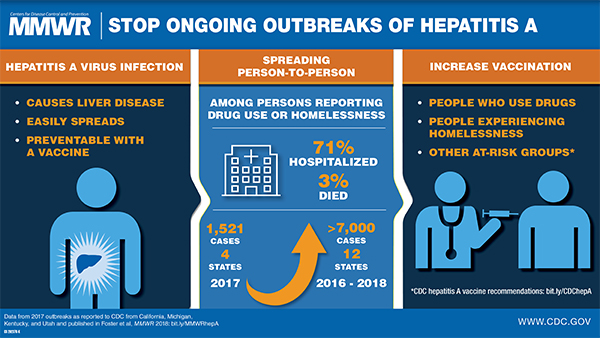



Hepatitis A Virus Outbreaks Associated With Drug Use And Homelessness California Kentucky Michigan And Utah 17 Mmwr




Hepatitis B Vertical Transmission Wikidoc




Hepatitis A Causes Symptoms Treatment And Vaccines




Hepatitis D Transmission And Stock Footage Video 100 Royalty Free Shutterstock
/hepatitis-c-causes-5af4a5213037130037fc6186.png)



Hepatitis C Virus Causes And Risk Factors
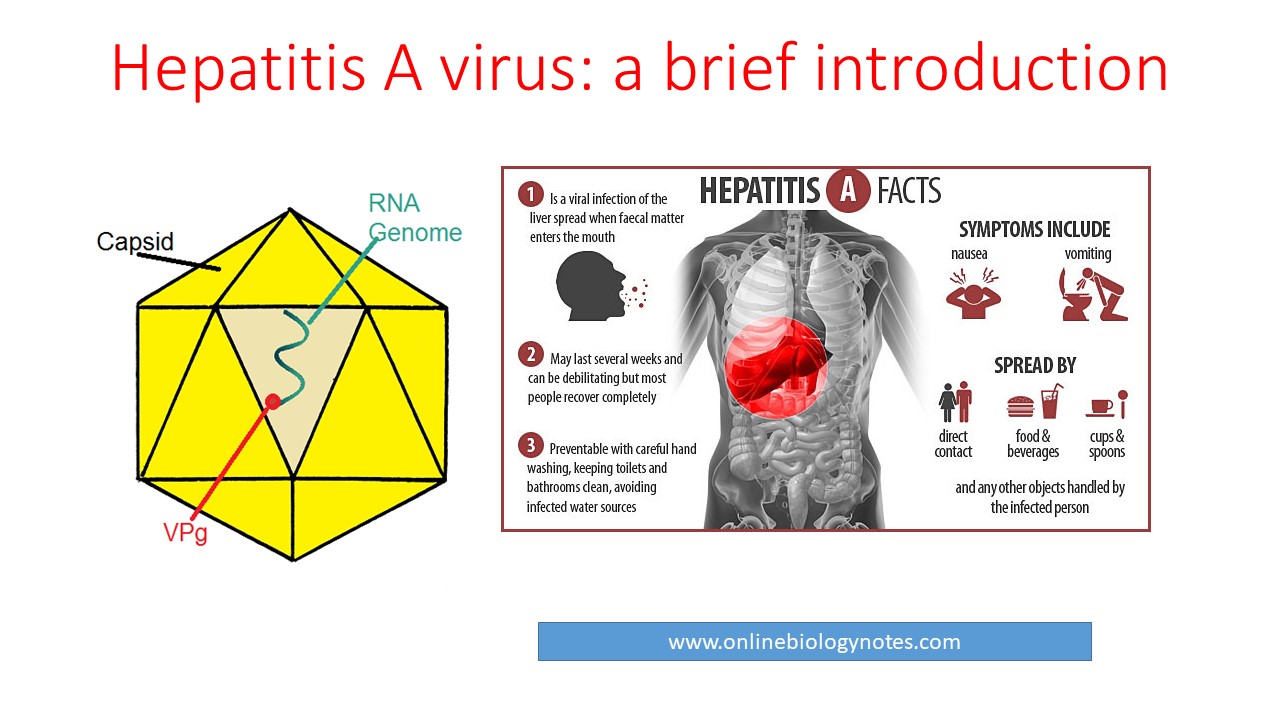



Hepatitis A Virus Hav Properties Classification Mode Of Transmission Pathogenesis Clinical Features And Laboratory Diagnosis Online Biology Notes




Hepatitis Stock Illustrations 9 186 Hepatitis Stock Illustrations Vectors Clipart Dreamstime




Health Hiv Std Viral Hepatitis Indiana Hepatitis A Outbreak




Fact Sheet Hepatitis A




Hepatitis A Virus The First Descriptions Of Hepatitis




Hepatitis A Symptoms Avert




The Contribution Of Injection Drug Use To Hepatitis C Virus Transmission Globally Regionally And At Country Level A Modelling Study The Lancet Gastroenterology Hepatology




Hepatitis B C Hiv Gov




Hepatitis A Virus Transmission Route Fecaloral 27 Nm




Hepatitis A Infection
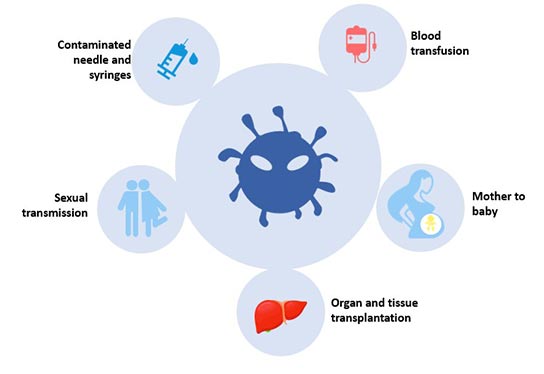



Understanding Hepatitis Fighting Hepatitis Cusabio




World Health Organization Who The Hepatitis A Virus Is Transmitted Through Ingestion Of Contaminated Food Water Or Through Direct Contact W An Infectious Person Hepa T Co Mw3ror2swh




Hepatitis C Wikipedia




Viral Hepatitis Elizabeth Perry Pharm D Pgy 1 Resident Ppt Download
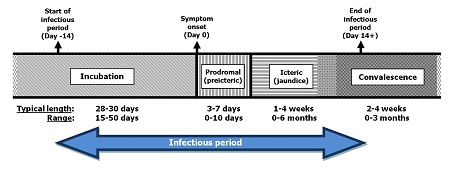



Hepatitis A Control Guideline Control Guidelines
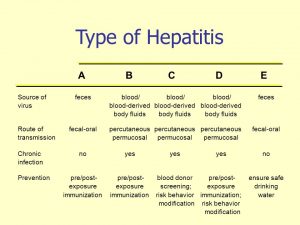



Five Types Of Hepatitis All Explained Public Health Notes




Pin On Nursing 101
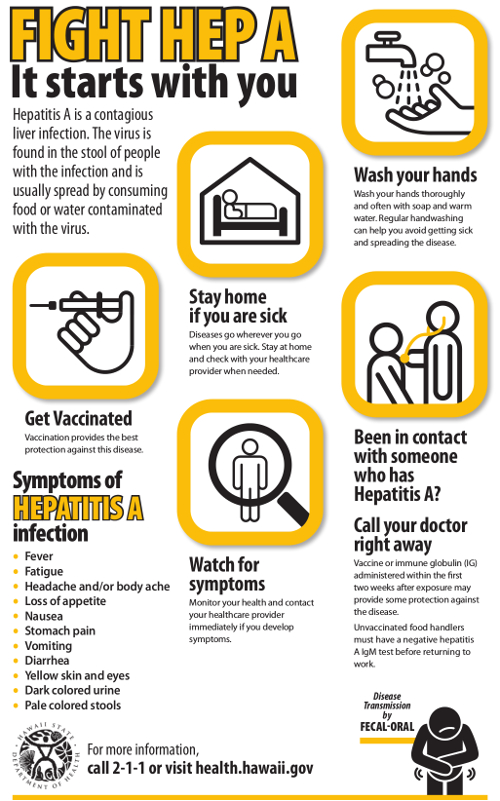



Scallops Gone But Hepatitis A Outbreak Continues To Expand Food Safety News




Elimination Of Vertical Transmission Of Hepatitis B In Africa A Review Of Available Tools And New Opportunities Clinical Therapeutics




Transmission Of Hepatitis A Hepatitis A Food Poisoning


コメント
コメントを投稿